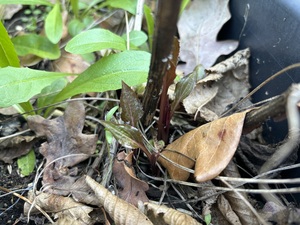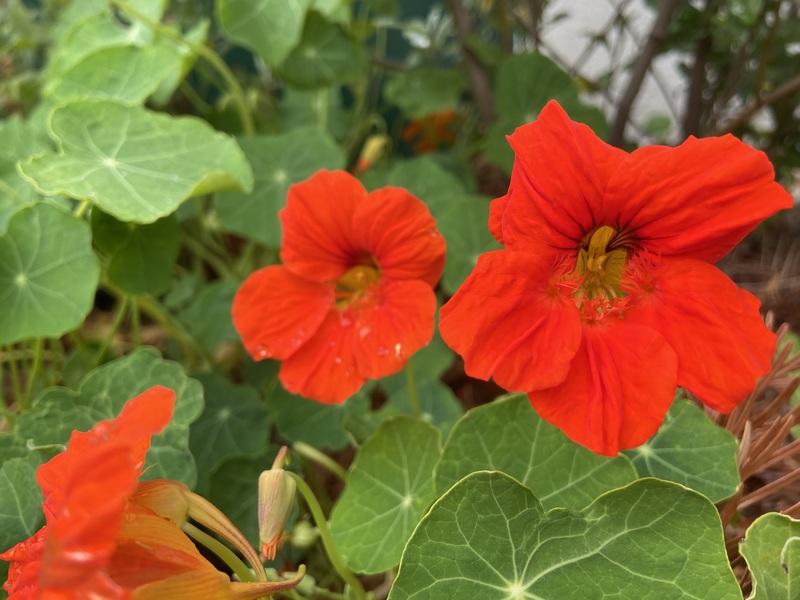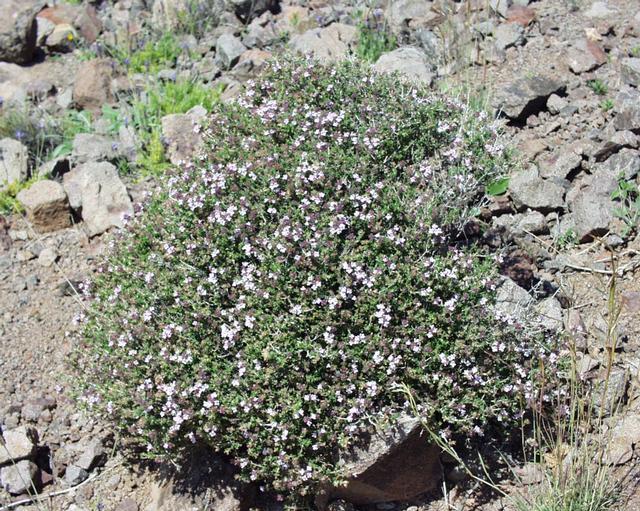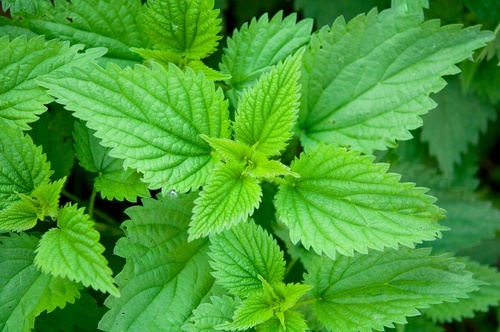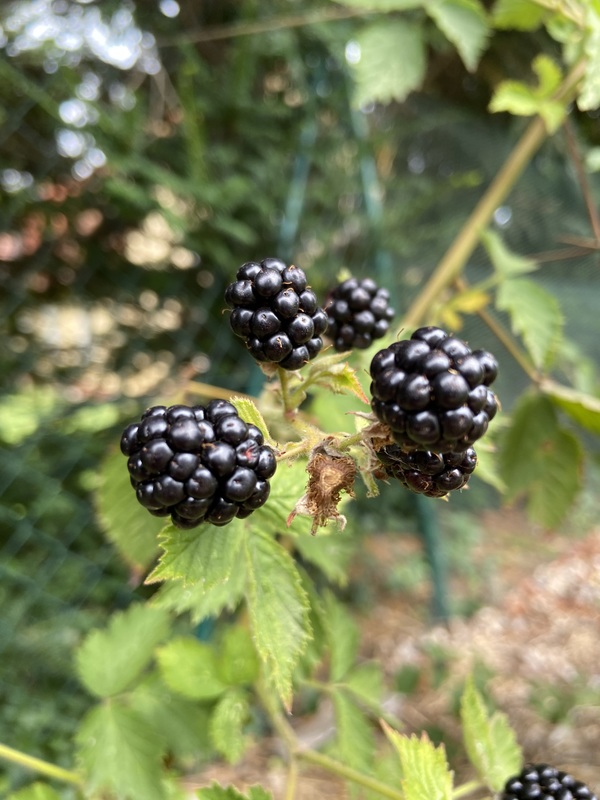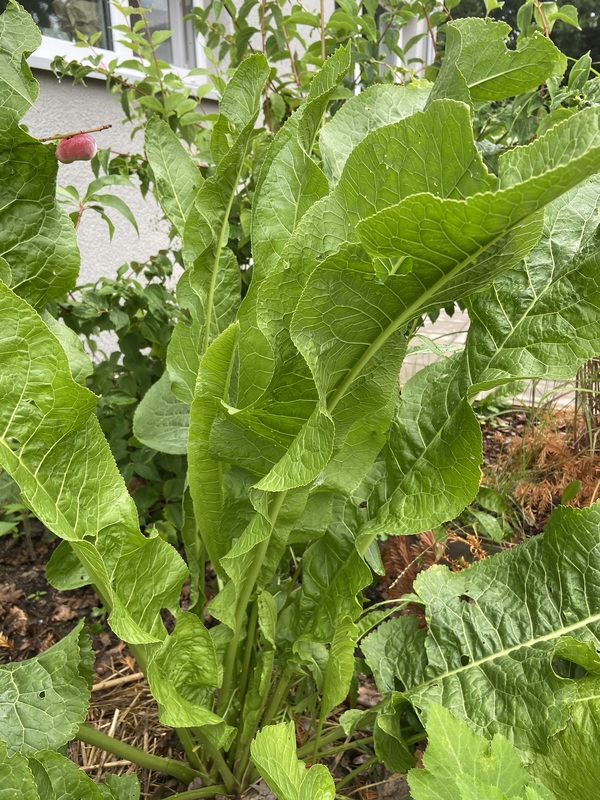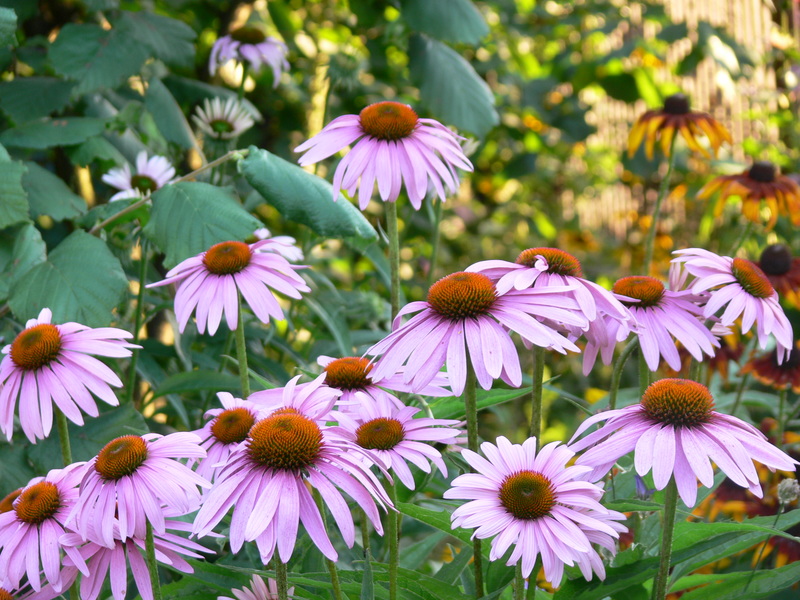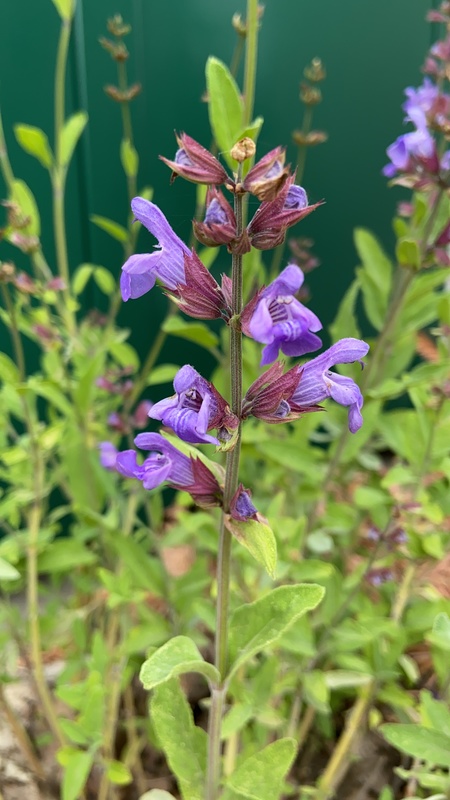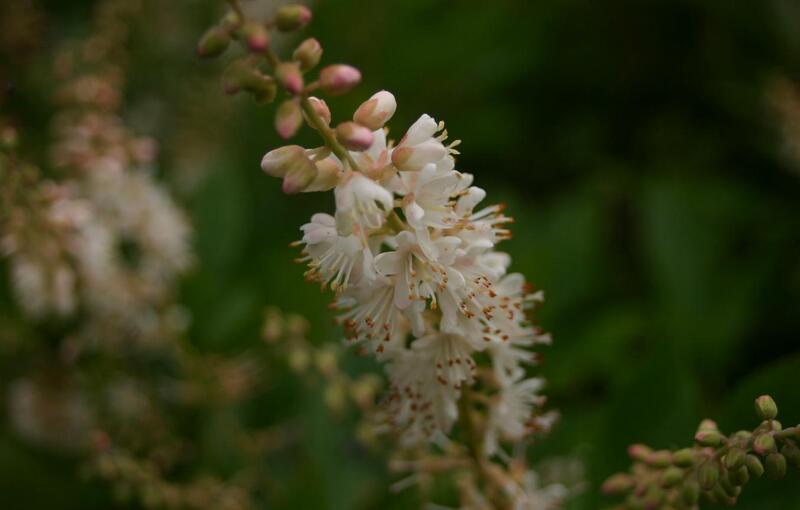Description
Echinacea angustifolia, also known as narrow-leaved purple coneflower, is native to the eastern and central United States. It has purple ray flowers surrounding a conical, orange-brown center. The leaves are narrow and lance-shaped, with a rough texture and a hairy stem. This plant grows to a height of 1-3 feet and has a slow to moderate growth rate. It can be differentiated from other Echinacea species by its narrow leaves and purple flowers.
Echinacea angustifolia prefers well-drained, sandy soil and full to partial sun exposure. To cultivate it successfully, the plant should be watered regularly during the growing season and deadheaded to encourage new blooms. It is winter hardy and can tolerate cold temperatures.
The leaves and roots of Echinacea angustifolia are edible and can be stored after harvest by drying or freezing. The plant has a long history of medicinal uses, including boosting the immune system and reducing inflammation. In traditional herbal medicine, the roots and aerial parts of the plant were used to treat a variety of ailments, such as wounds, cuts, burns, insect bites, and snakebites. Echinacea is also commonly used to treat the common cold, flu, and other respiratory infections.
Recent studies have shown that Echinacea can stimulate the immune system by increasing the production of white blood cells and activating the body’s natural defense mechanisms. It is also believed to have anti-inflammatory and antioxidant properties, which may help to reduce swelling and protect against cellular damage.
In addition to its medicinal uses, Echinacea angustifolia is also a valuable source of nectar for pollinators and provides habitat for insects and other wildlife. It is a popular plant among gardeners and farmers for its showy flowers and easy care requirements.
Propagation - Direct sowing
Propagation - Direct sowing
Propagation - Transplanting
Sow indoors 8-10 weeks before planting. Seeds prefer total darkness.


